Everything You Need To Know About Firemizer


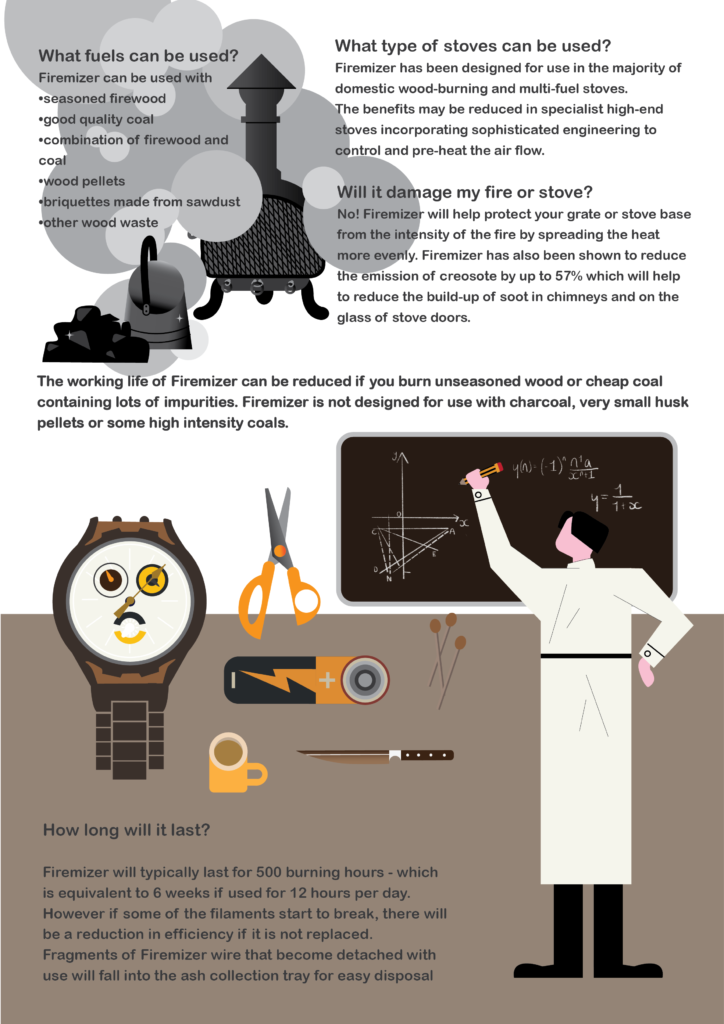

Firemizer is a unique fuel-saving device made from stainless steel alloys that is easy to use and proven to optimise the performance of fuel in stoves.
How to use Firemizer
1. Remove Firemizer from the pack and simply place on the base of your fire or stove then build your fire with wood or coal as usual
2. Firemizer spreads heat evenly and makes your fire burn longer
3. After the fire has cooled simply brush the ashes off between fires
How it works
1. Firemizer slows the airflow to reduce the burn rate of fuel
2. Firemizer conducts heat evenly across the fire to ensure all fuel is fully combusted
3. Firemizer prevents small fuel fragments falling through the grate or being left unburnt in the ash bed
Benefits
In addition to a longer and more even burn, which can save up to 38% of your fuel costs and reduce creosote emissions by up to 57% Firemizer has several other practical benefits:
- Easier to start the fire
- Keeps all the fuel lit throughout the burn
- Reduces the amount of unburnt fuel at the end of the fire
- The fire requires less stoking and refuelling
- Reduces the build-up of soot in chimneys and on the glass of stove doors.
- Less ash is produced and needs disposing of
- Less storage is required for fuel during the winter
Does size matter?
Firemizer should cover most of the base of your fire or stove but does not have to be an exact fit. If Firemizer is too big for your fire, wear protective gloves and cut it to size using household scissors. For really big fires you can place two Firemizers side-by-side.
Firemizer is available in the UK/Europe: 180mm x 420mm (7in x 16.5 in)
What fuels can be used?
- Firemizer can be used with
- seasoned firewood
- Good quality coal
- combination of firewood and coal
- wood pellets
- briquettes made from sawdust
- other wood waste
What type of stoves can be used?
Firemizer has been designed for use in the majority of domestic wood-burning and multi-fuel stoves. The benefits may be reduced in specialist high-end stoves incorporating sophisticated engineering to control and pre-heat the airflow.
Will it damage my fire or stove?
No! Firemizer will help protect your grate or stove base from the intensity of the fire by spreading the heat more evenly. Firemizer has also been shown to reduce the emission of creosote by up to 57% which will help to reduce the build-up of soot in chimneys and on the glass of stove doors.
The working life of Firemizer can be reduced if you burn unseasoned wood or cheap coal containing lots of impurities. Firemizer is not designed for use with charcoal, very small husk pellets or some high-intensity coals.
How long will it last?
Firemizer will typically last for 500 burning hours – which is equivalent to 6 weeks if used for 12 hours per day. However, if some of the filaments start to break, there will be a reduction in efficiency if it is not replaced. Fragments of Firemizer wire that become detached with use will fall into the ash collection tray for easy disposal.
How is it maintained?
It could not be simpler. Leave your Firemizer in place for about 6 weeks and lightly brush off the ashes in between fires.
What about the ashes?
When using Firemizer the fuel will burn more thoroughly and there will be a considerable reduction in the amount of ash produced. The resulting ash will be a very fine powder with no lumps and will pass through the Firemizer grid. Any ash that does build-up can be simply dusted off before each new fire.
How do I replace it?
When a used Firemizer starts to deteriorate, wait until the fire has gone out and is cold before removal. Wear protective gloves to replace it with a new Firemizer.
Did You Know
Manufacturing a single firemizer will create 100g of CO2 but during its life, you are saving 30 tonnes of CO2 being produced and chucked into the atmosphere.
Read more about Firemizer here.
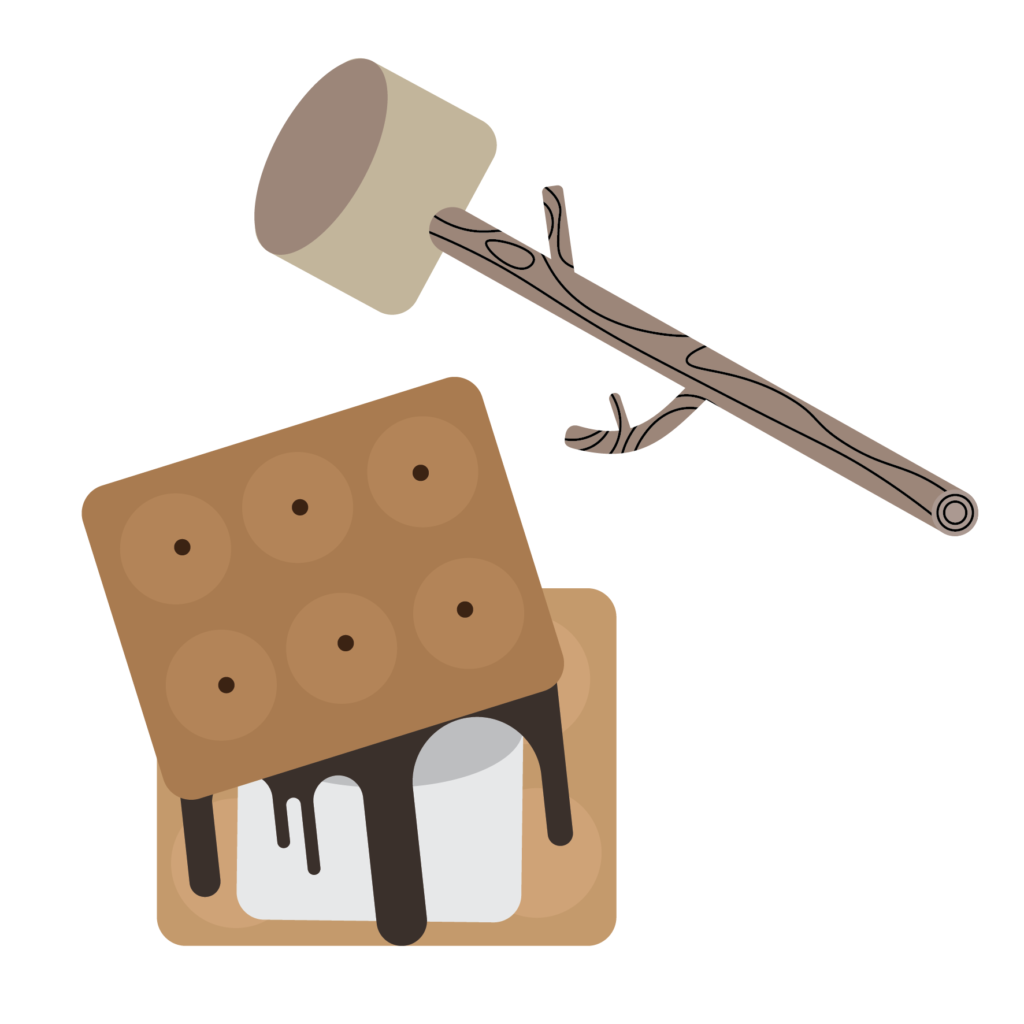 The classic S’more
The classic S’more Vegan s’more
Vegan s’more 
 The frozen fire at butler’s wharf
The frozen fire at butler’s wharf  Great Fire of London
Great Fire of London Floo Powder
Floo Powder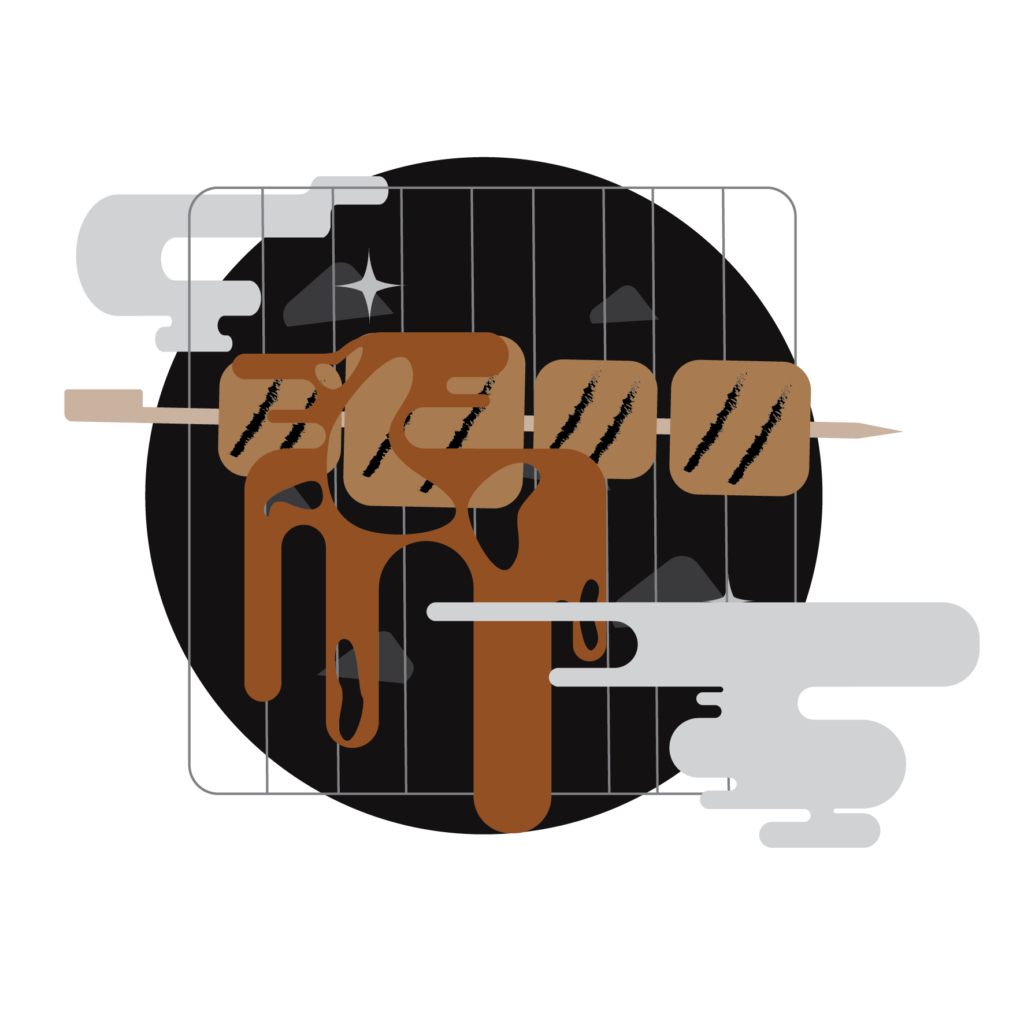 Everyone loves a BBQ, the smell of the food cooking and enjoying a nice evening in the garden. If you want some BBQ inspiration check out
Everyone loves a BBQ, the smell of the food cooking and enjoying a nice evening in the garden. If you want some BBQ inspiration check out  Insect Prevention
Insect Prevention What would happen if the planet was 2 degrees hotter?
What would happen if the planet was 2 degrees hotter? 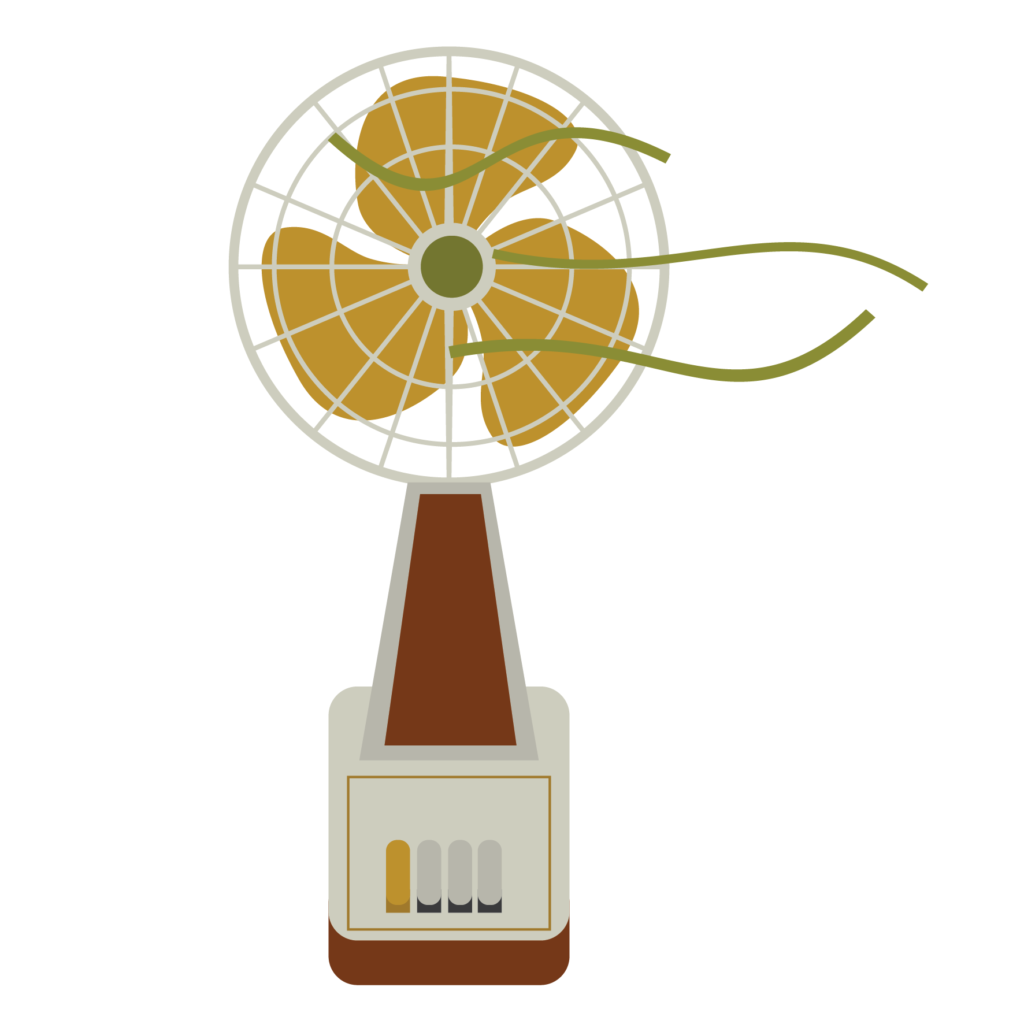 Your body will try and keep a core temperature of 37 degrees and only gets hotter or colder when you are ill.
Your body will try and keep a core temperature of 37 degrees and only gets hotter or colder when you are ill. 



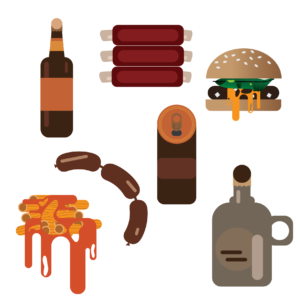 Clean
Clean  Grilling Meats
Grilling Meats